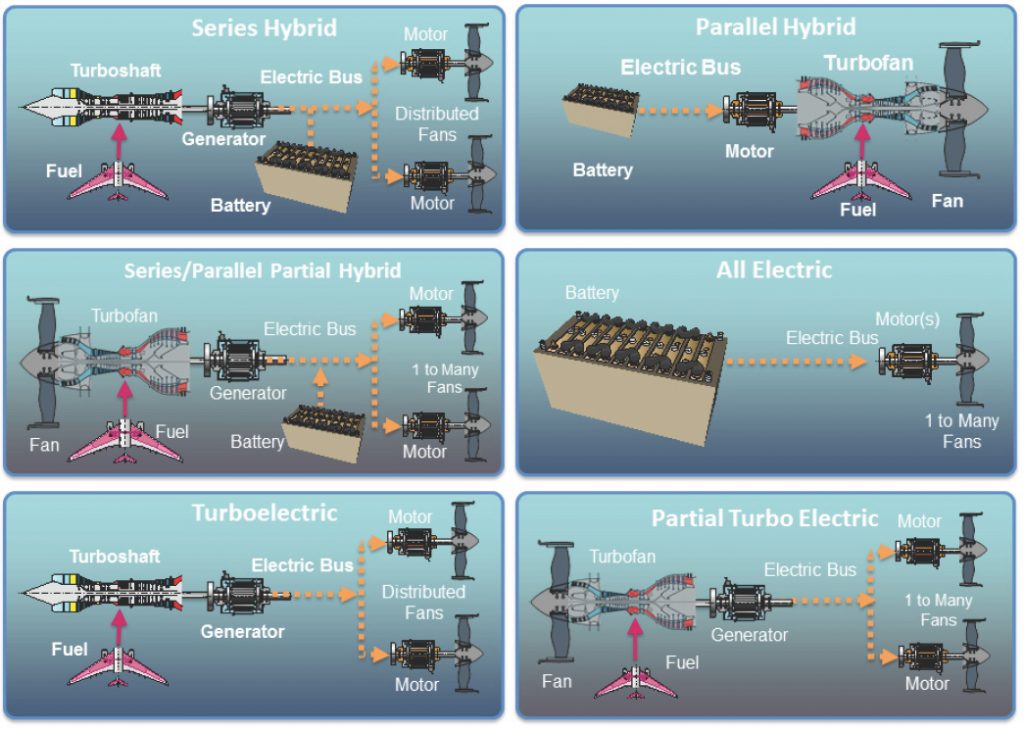Rolls-Royce has successfully ground tested a hybrid-electric propulsion system suitable for use in air taxis, general aviation aircraft and helicopters in Indianapolis, USA.
A hybrid version of the M250 gas turbine, an engine that has been used in more than 170 different aircraft, was tested in three modes: series hybrid, parallel hybrid and turbo-electric.
The M250 hybrid is planned to be used as a propulsion plant with power ranging from 500kW to 1MW across a range of platforms to enable distributed electric propulsion, including eVTOLs (electric vertical take-off and landing vehicles)
Rolls-Royce plans to run experimental test flights with the engine installed on aircraft in 2021.
Dr Mike Mekhiche, deputy director, Rolls-Royce Electrical said, “The successful testing of the hybrid M250 system is an important step forward in providing a hybrid-electric propulsion system that will enable a new class of quieter and cleaner air transport.”
During the tests, each component and sub-system of the hybrid engine was individually tested for electrical performance. The tests included simulating use across take-off, cruise, landing and taxiing and confirmed the system’s suitability for a range of transport platforms including aircraft with a range of up to 1000 miles (1600km) and weighing up to 2000kg (4,400 lb), which would support the Rolls-Royce eVTOL concept unveiled at the Farnborough Air Show last year..
The Rolls-Royce hybrid electric propulsion system demonstrator integrates a M250 gas turbine engine with a high energy density battery system, electric generators, power converters and an advanced power management and control system. The power management system optimizes overall propulsion performance in order for the system to be suitable across different platforms, while delivering efficiency gains, reducing noise and lowering emissions.
The hybrid electric propulsion system was set up in the following configurations:

Electric propulsion architectures. SOURCE: Modified from James L. Felder, NASA Glenn Research Center, “NASA Hybrid Electric Propulsion Systems Structures,” presentation to the committee on September 1, 2015
Series Hybrid: In this configuration, the engine operates as a turbo-generator that charges an on-board battery system, and does not contribute to thrust directly. All power required for thrust and other onboard systems is supplied by the battery.
Parallel Hybrid: In this configuration, the platform thrust is supplied by a combination of the engine (mechanical thrust) and the electrical system (electrical thrust), while the other power needs of the aircraft are met by the battery.
Turbo-Electric mode: In this configuration, the battery system is redundant. The engine operates as a pure turbo-generator supplying electric power for thrust and any other power needs on the aircraft.
According to Rolls-Royce the M250 hybrid power pack complements the 2.5MW system being developed for larger aircraft, including regional aviation, and is being tested with Airbus on the E-Fan X demonstrator platform.
Rolls-Royce said it selected the M250 for the tests because of its maturity, power-density, ease of maintenance, and high reliability. In the past half-century, M250 variants have logged more than 250 million flight hours and nearly 33,000 M250 engines have been delivered to customers.
